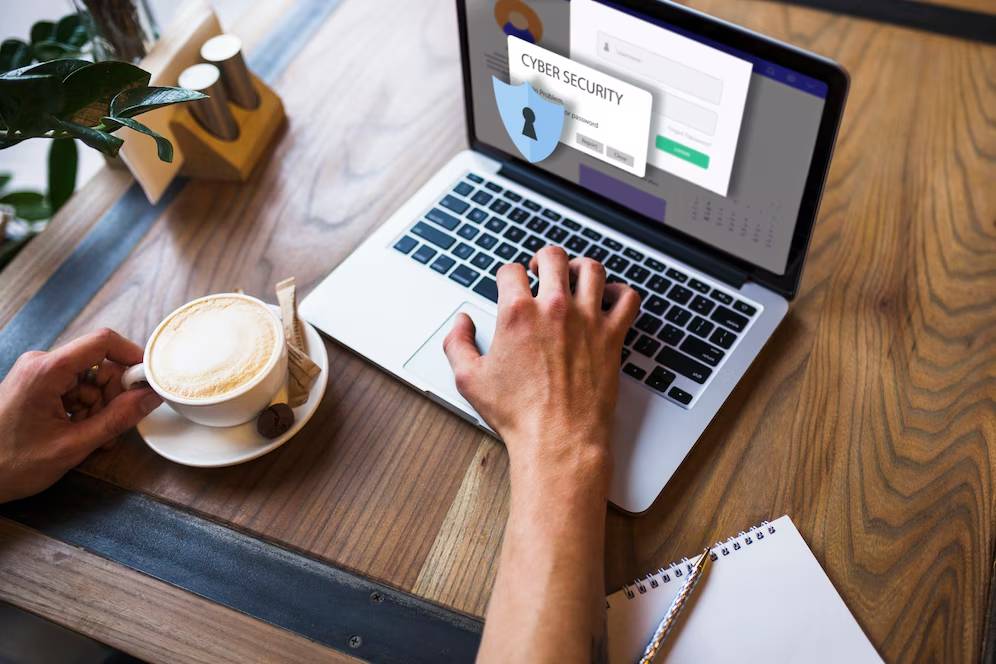
How to Protect Your Health Data in a Digital World: A Comprehensive Guide
In an era where digital technology permeates every aspect of our lives, protecting your health data has become more crucial than ever. As medical records go digital and health apps grow in use, protecting your personal information is crucial. This guide helps you understand health data privacy, data protection, and medical cybersecurity. It empowers you to manage your digital health footprint.
Understanding the Core
Health data privacy means keeping your personal health information safe from unauthorised access, use, or sharing. In the UK, the Data Protection Act 2018 and GDPR set the rules for data privacy. They make sure organisations manage personal data responsibly.
Medical cybersecurity protects digital health systems and devices from cyber threats. As healthcare providers use electronic health records (EHRs) and telemedicine more, the risk of cyber-attacks increases. So, strong cybersecurity measures are a must.
The Importance of Health Data Protection
Protecting your health data is vital for several reasons. Firstly, personal health information is sensitive and can be misused if it falls into the wrong hands. Secondly, data breaches can lead to identity theft, financial loss, and reputational damage. Trust in healthcare is key. It helps patients feel safe sharing their information with providers.
Quick Guide / Checklist
Here’s a quick-reference checklist to help you protect your health data:
- Understand Your Rights: Familiarise yourself with the Data Protection Act 2018 and GDPR.
- Use Strong Passwords: Create complex passwords and change them regularly.
- Enable Two-Factor Authentication: Add an extra layer of security to your accounts.
- Be Cautious with Sharing Information: Only share your health data with trusted entities.
- Update Software Often: Make sure your devices and apps are current to guard against risks.
- Monitor Your Accounts: Regularly check your health accounts for any suspicious activity.
- Educate Yourself: Stay informed about the latest cybersecurity threats and protection methods.
Step-by-Step Guide (How to Practise)

Step 1: Understand Your Rights
The first step in protecting your health data is understanding your rights under the Data Protection Act 2018 and GDPR. These regulations give you the right to access your data, request corrections, and limit how your data is used.
Step 2: Use Strong Passwords
Passwords are the first line of defence against unauthorised access. Create complex passwords that include a mix of letters, numbers, and symbols. Avoid using easily guessable information such as birthdays or common words.
Step 3: Enable Two-Factor Authentication
Two-factor authentication (2FA) boosts your security. It needs a second step, like a text message or an authentication app, along with your password.
Step 4: Be Cautious with Sharing Information
Only share your health data with trusted healthcare providers and applications. Be wary of unsolicited requests for information and verify the legitimacy of any entity before sharing your data.
Step 5: Regularly Update Software
Software updates often include security patches that protect against known vulnerabilities. Ensure that your devices and applications are set to update automatically.
Step 6: Monitor Your Accounts
Regularly review your health accounts and bank statements for any unusual activity. Report any suspicious transactions or changes immediately.
Step 7: Educate Yourself
Stay informed about the latest cybersecurity threats and protection methods. Attend workshops, read articles, and follow reputable sources to keep up to date.
Pro Tip: Secure your devices. Use encryption and security software. This protects your devices from malware and unauthorized access.
Best Practices & Additional Insights
Engage in Regular Security Audits
Conduct regular security audits to identify potential vulnerabilities in your systems and processes. This proactive approach can help prevent breaches before they occur.
Foster a Culture of Privacy
Encourage a culture of privacy within your organisation or household. Educate others about the importance of data protection and promote best practices.
Collaborate with Experts
Consider collaborating with cybersecurity experts to enhance your data protection strategies. Their expertise can provide valuable insights and recommendations tailored to your specific needs.
Important: Be wary of any public Wi-Fi. Avoid accessing sensitive information over public Wi-Fi networks, as they are often unsecured.
FAQs
What is the most common threat to health data privacy?
Phishing attacks are among the most common threats to health data privacy. These attacks send fake emails or messages. They trick people into giving up sensitive information.
How can I ensure my health data is secure when using health apps?
Ensure that any health app you use is reputable and complies with data protection regulations. Check the app’s privacy policy and reviews before downloading.
What should I do if I suspect a data breach?
If you suspect a data breach, report it to the relevant authorities immediately. Additionally, change your passwords and monitor your accounts for any unusual activity.
Secret Tip: Back up your data always. Regularly back up your health data to a secure location to prevent loss in case of a cyber-attack or technical failure.
Conclusion: Your Health Data Protection Starts Today

Protecting your health data online isn’t just about following rules. It’s about being proactive and alert to new threats. Safeguarding your health information is very important. It helps protect your privacy, security, and trust in healthcare systems.
Know your rights under the Data Protection Act 2018 and GDPR. This helps you control how your data is collected, stored, and used. To protect your digital health footprint, use strong security measures. Start with complex passwords. Enable two-factor authentication. Also, stay updated on software patches. This way, you’ll build a solid foundation for security.
However, it’s important to remember that cybersecurity is not a one-time task, but an ongoing effort. The digital landscape is continuously evolving, with new threats emerging regularly. To keep your health data secure over time, stay informed. Regularly check your accounts, and ask for expert help when needed.
Taking the steps outlined in this guide today will help you build a secure and trusted environment for your health information. Be proactive, stay vigilant, and encourage others to do the same. The more you learn and apply, the better prepared you’ll be to face any potential cybersecurity challenges that come your way.
Protecting your health data goes beyond preventing breaches. It’s about building a culture of privacy and trust. This ensures all sensitive information stays safe, even as technology changes.
For tips on protecting your health data online, visit our website. Also, subscribe to our newsletter for expert advice. Keep up with the latest cybersecurity trends. Protect your personal information in our changing digital world.


